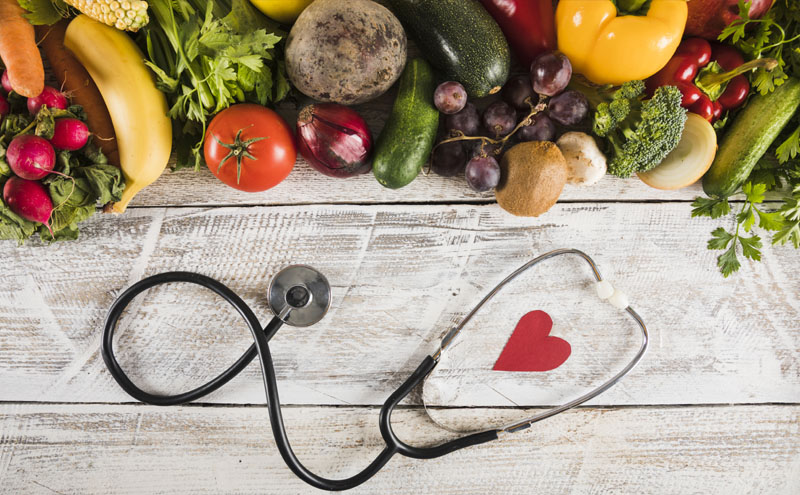
Between ads, social media and WhatsApp gossip, general health trends, contradictory food blogs and news snippets, a cloud of confusion can loom over our perception of “healthy eating.” The following simple solutions can lead to clear skies—and a clear understanding.
The diet+ heart-health link works as a sort of chain reaction: If you eat inappropriately, you tend to gain weight, and increased weight predisposes you to accelerated risk factors for heart disease, such as diabetes, hypertension and high cholesterol.
Obese individuals may not experience symptoms of these conditions acutely when they’re young, but ten or 15 years down the road, these illnesses can become a major part of—and problem in—their lives.
Heart-healthy foods hide in the back of your cupboard, wait patiently in your freezer and line the shelves of your local supermarket. You just need to know where to look.
Find the Fiber
Scientists link fiber consumption to reduced levels of low-density lipoprotein (LDL) or “bad” cholesterol, decreased risk of heart disease and slowed disease progression for people already dealing with cardiovascular troubles.
Want to start the day off right with a flavorful, fiber-loaded breakfast? Grab a loaf of whole-wheat bread from an artisanal bakery or farmer’s market, and then warm a slice in your oven and add natural peanut butter. Or try steel-cut oatmeal topped with apricots, peaches and walnuts.
Fiber also shows up in:
If dinner is bland, it
Pass the Salt
Normal to reach for the shaker and hope your blood pressure doesn’t notice, but the majority of salt intake comes from the natural sodium in foods. From baking soda biscuits to boxed cereals, many foods that don’t taste salty can ambush the unwary eater with sodium.
Too much sodium in the diet directly correlates with the likelihood of experiencing high blood pressure, a major risk factor for developing heart disease. The average American older than age two consumes more than 3,400 milligrams (mg) of sodium each day, but the recommended maximum is 1,500 mg.
To lower your sodium intake, try:
Try Omega-3s and These
Along with generally increasing fiber intake and decreasing sodium content in your diet, you can bring healthy nutrients to your heart by consuming the following items that prevent cardiovascular disease.
Omega-3 fatty acids, which can reduce risks of heart disease, can be found in soybean, flaxseed oils, walnuts, chia seeds, etc..
Bottom Line
Fresh foods are always better for heart health. Eating lean meats, fish, and fruits and vegetables now can help ensure that your golden years are longer and more healthful.